One of the most popular mushrooms in our forests is boletus, so many people have a stereotype in their minds since childhood that an edible mushroom should be brown. In reality, of course, this is not always the case: not all edible mushrooms have a brown color of a hat or legs, and not all mushrooms of this color are edible.
The variety of brown fruits in our forests can prevent an inexperienced mushroom picker from distinguishing an edible mushroom from a poisonous one; therefore, going to the forest, it is worthwhile to study precisely those species of this color that bear fruit in the selected area.
Content
Edible brown mushrooms with description and photo
Among brown mushrooms there are a lot of edible species. The most popular among them are distinguished by high taste.
Dubovik with a brown hat and a leg
It has a hat and foot structure. This is a mushroom with a brown spherical hat of dark shades, reaching a size of 20 centimeters, and a barrel-shaped brownish or white-yellow leg. A characteristic feature is the reaction to damage or pressure - such a place turns blue, and then changes color to brown, resembling a bruise.
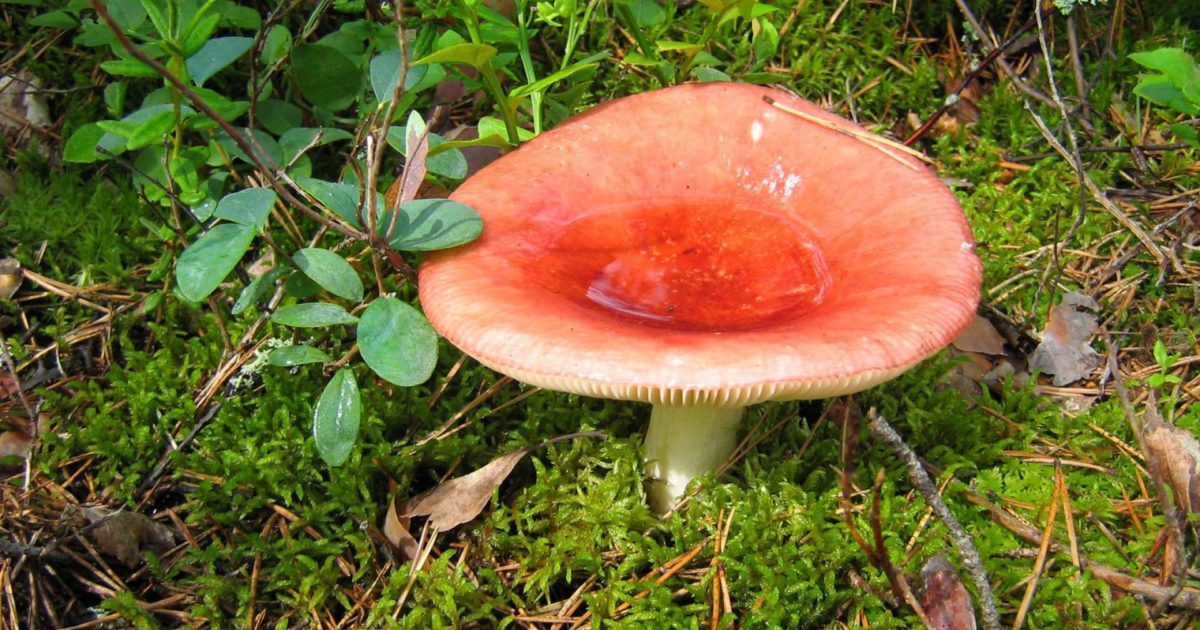 You may be interested in:
You may be interested in:Dubovik belongs to the genus Borovikov, has no pronounced smell and taste, has a second category of nutritional value.
Edible types of oak tree:
- mottled. It has a dark hat and a leg of light yellow shades with red splashes. The pulp is dense, when cut, it changes color from beige to blue, but when heat is processed, the color returns. Rarely affected by worms;
- Kele. Edible, with a brown-yellow hat and a leg extended to the base with a prominent white mycelium;
- olive brown (ordinary). The convex twelve-centimeter hat has an olive brown color. The base of the leg is reddish with blotches (in the section this place will also be red), and acquires yellow color along the entire length.
Mushroom Mushroom
The flywheel belongs to the Fleet family. Often, the moss chooses a habitat, from here they got their name. The hat, depending on the type, varies in diameter from 4 to 20 cm. A semicircular shape with straight edges becomes flat over time. The peel is also diverse.
May be velvety, may be bare or sticky. But in all species, it does not separate from the pulp. The color scheme begins with various options for yellow and ends with brown and red-brown tones.
The hymenophore is tubular and darkens when pressed. The leg has a cylindrical shape and is lighter in color than the cap. In the section, the flesh turns blue. So the flywheel protects itself from damage by creating a film-barrier. Flywheels are not poisonous, but have poisonous doubles, with whom it is important not to confuse them.
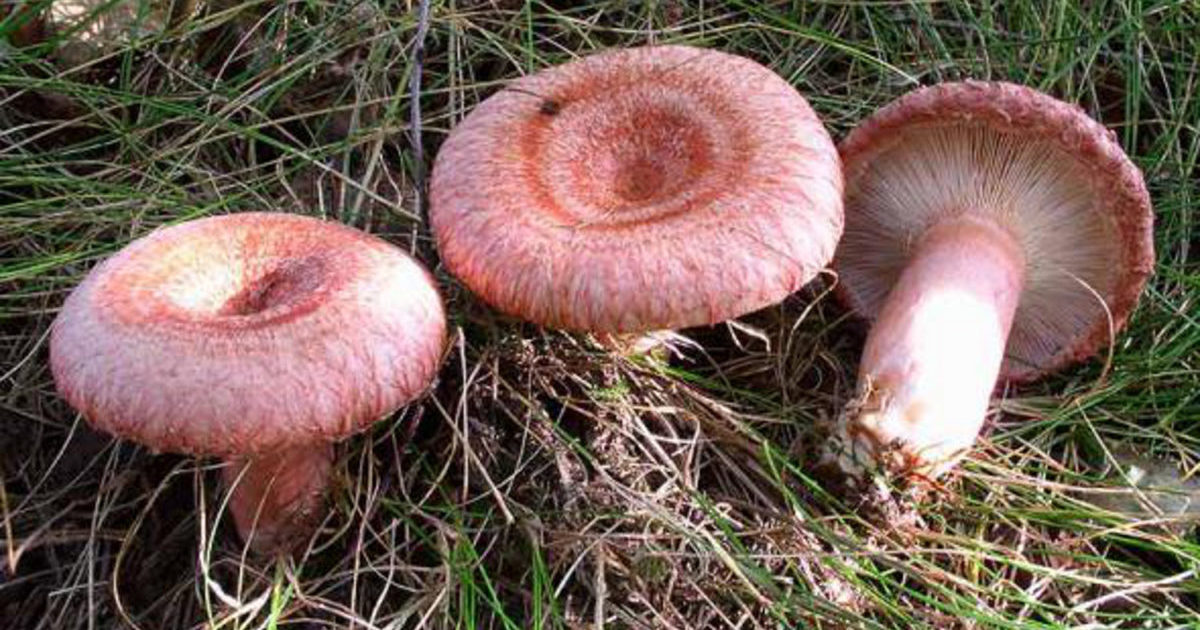 You may be interested in:
You may be interested in:Of the edibles, the most popular is the Polish mushroom shown in the photo, which in its taste and pronounced aroma is equal to white boletus.
Butter
Oilfishes belong to the Maslenkov family and got their name due to the thin skin on the hat, which has a moist, sticky surface and is easily separated from the pulp. The fruit body is medium in size, the cap has a maximum diameter of 15 cm. At a young age, the shape resembles a hemisphere, when ripe, it straightens.
Color varies from yellow to brown, and depends not only on the type of oil, but also on the lighting in the forest. The pulp is white, dense, prone to worminess and rapidly aging, darkening and losing density in a week.
Mushrooms
Honey mushrooms grow in large groups in the form of a ring, from which the name came. Easily recognizable due to a long leg and a small round hat. Color can be either light yellow or brown.
Among the wide variety of honey mushrooms there are 4 main types:
- summer. They grow in large colonies. The brown hat has a bright center. Grows on damaged trees. It tastes good, so it is grown in large quantities for sale;
- meadow. Grow in rows in the shape of an arc. Hat of yellow color with a light edge;
- autumn. The color of this species has brown hues. Hat up to 10 cm, refers to large mushrooms, under favorable conditions, reach 17 cm. Under the hat ring;
- winter. Fruits from spring to autumn. You can even find it under the snow. They grow on damaged trees, especially often on poplars or willows. The hat of yellow-brown shades reaches a diameter of up to 10 cm and does not have a ring under it.
Dark chestnut pepper
At a young age, pizza is shaped like a bubble, but when it gets older, it opens with a cup with a wavy edge and then a saucer.
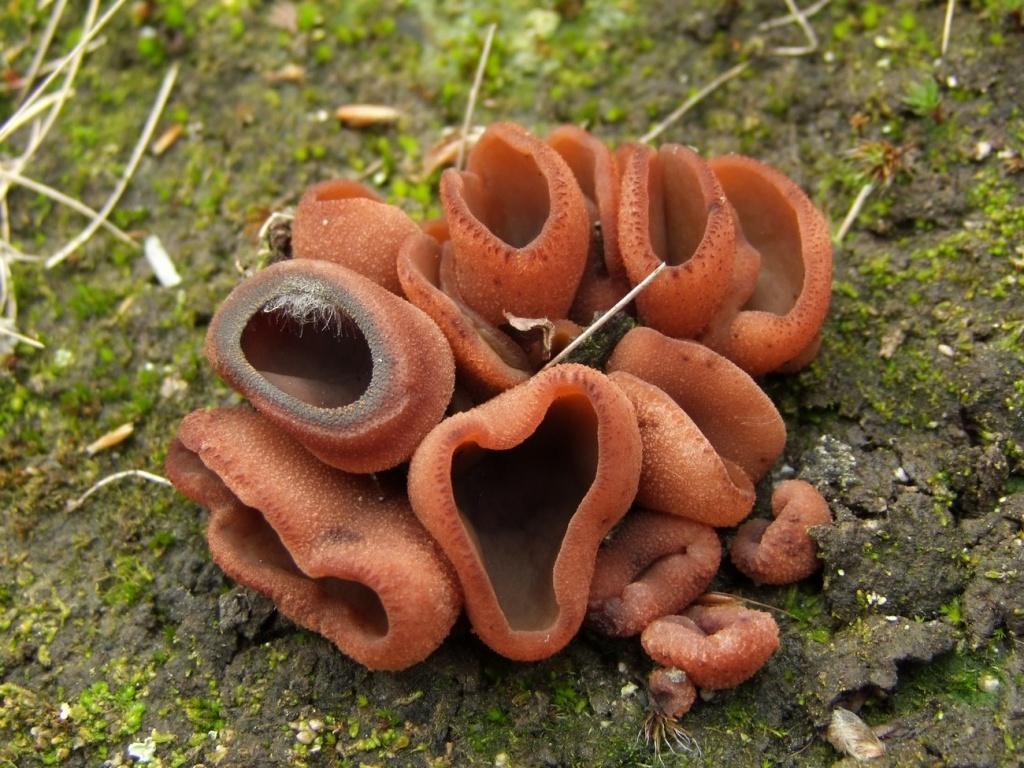
The size of the mushroom is about 10 cm. The color is brown, has a smooth surface. Fragile flesh has no special nutritional value, since there is practically no taste or smell in it. It is impossible to confuse pepper with any poisonous mushroom, therefore, tearing this instance, you can be calm.
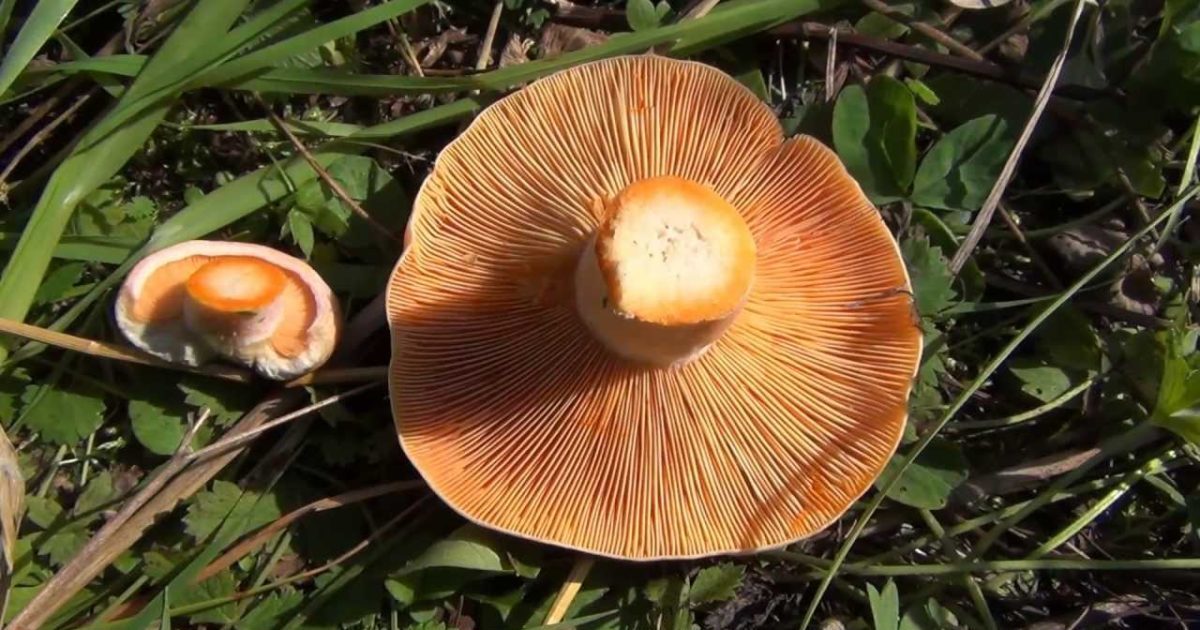 You may be interested in:
You may be interested in:Brown mushroom cap
Mushrooms are common throughout the globe. These are massive mushrooms with a brown velvet hat and a brown leg of shades expanding to the bottom. At the cut, the flesh turns blue, in rare cases it remains white or turns red.
There are more than 300 species of boletus. Among them are delicious. For example, a white mushroom, which is deservedly called the Royal.
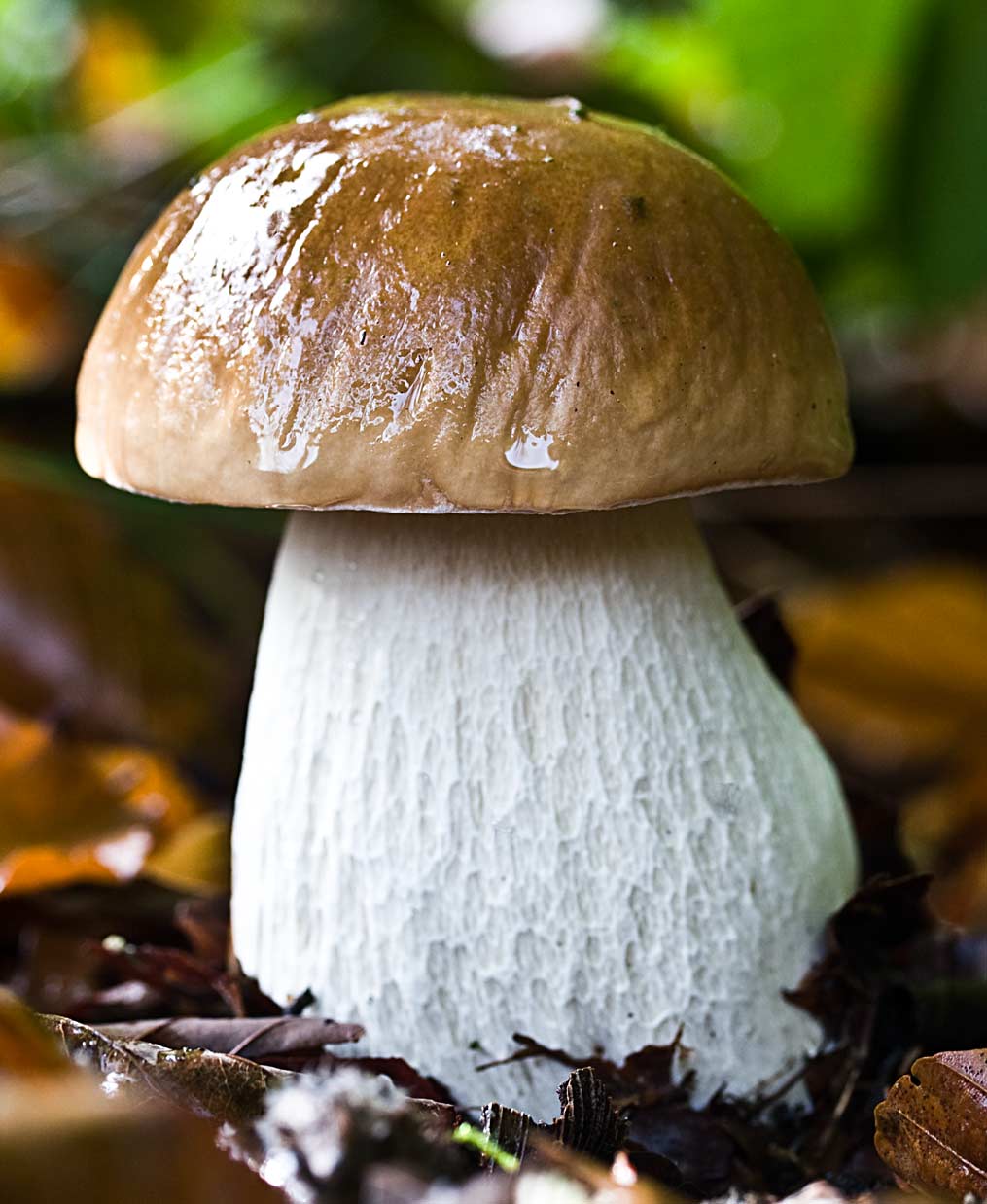
White boletus got its name for the snow-white pulp, which remains so even after heat treatment or drying. The chestnut hat of the fruiting body grows up to 30 cm. But under favorable climatic conditions it can reach half a meter. The skin is velvety, poorly separated from the pulp. The leg is barrel-shaped, expanding to the bottom.
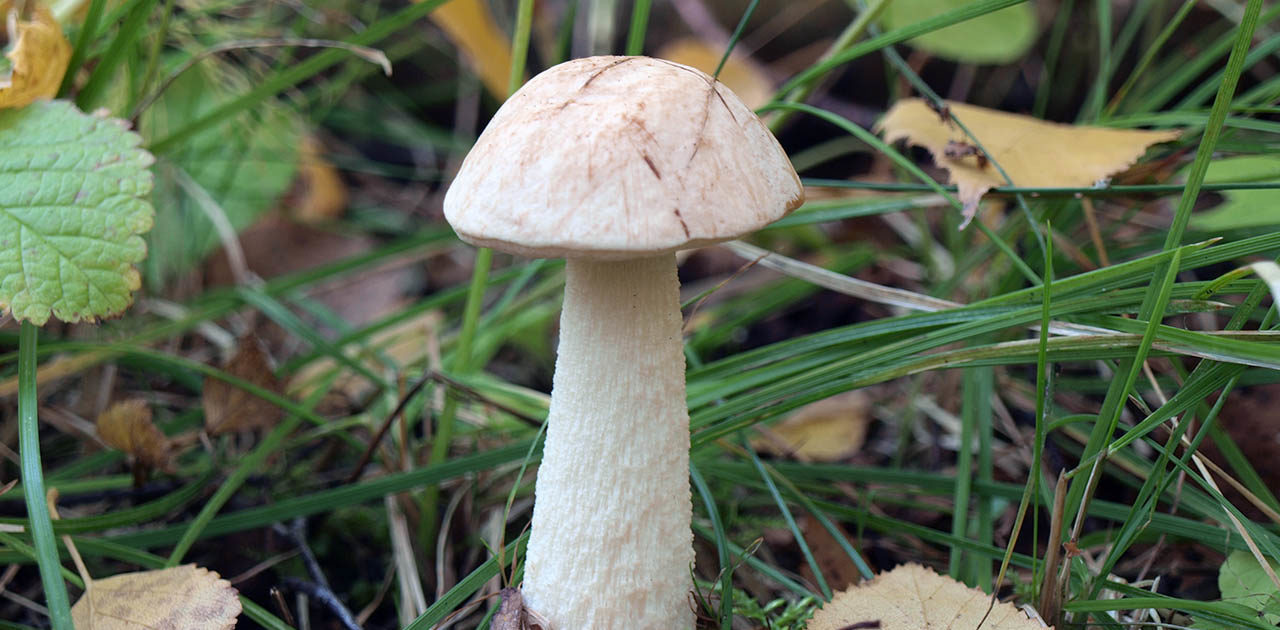 You may be interested in:
You may be interested in:Brown Mushroom Locations
The spread of the fungus depends on its type. Many brown mushrooms can be found all over the globe, except for permafrost areas. For example, mushrooms, oak trees, pepper, honey mushrooms grow in all temperate regions of Europe, Asia and America. Such mushrooms grow in coniferous, deciduous and mixed forests. Depending on the species, they grow in groups or individually, they can create mycorrhiza with certain trees.
Oilfishes live mainly on the edges or edges of forests in the Northern Hemisphere. In the temperate latitudes of the Northern Hemisphere and Australia, moss fly. Honey mushrooms are located on stumps or trees. Mushrooms and oak trees grow in dense deciduous or coniferous forests.
Difference from false, inedible mushrooms
Going into the forest for brown mushrooms, you should get acquainted with poisonous doubles, which can inadvertently get into the basket.
Poisonous:
- Satanic. It is not so common, but 1 gram of pulp is already very dangerous, and toxicity persists even after prolonged cooking. The round hat at the end of fruiting can reach up to 30 cm and change shape to open. Color from white to olive. The leg is massive, spherical. At a young age, they have no particular smell, but when overripe, they get an unpleasant putrefactive aroma. It turns blue on the cut, but it can also turn red.
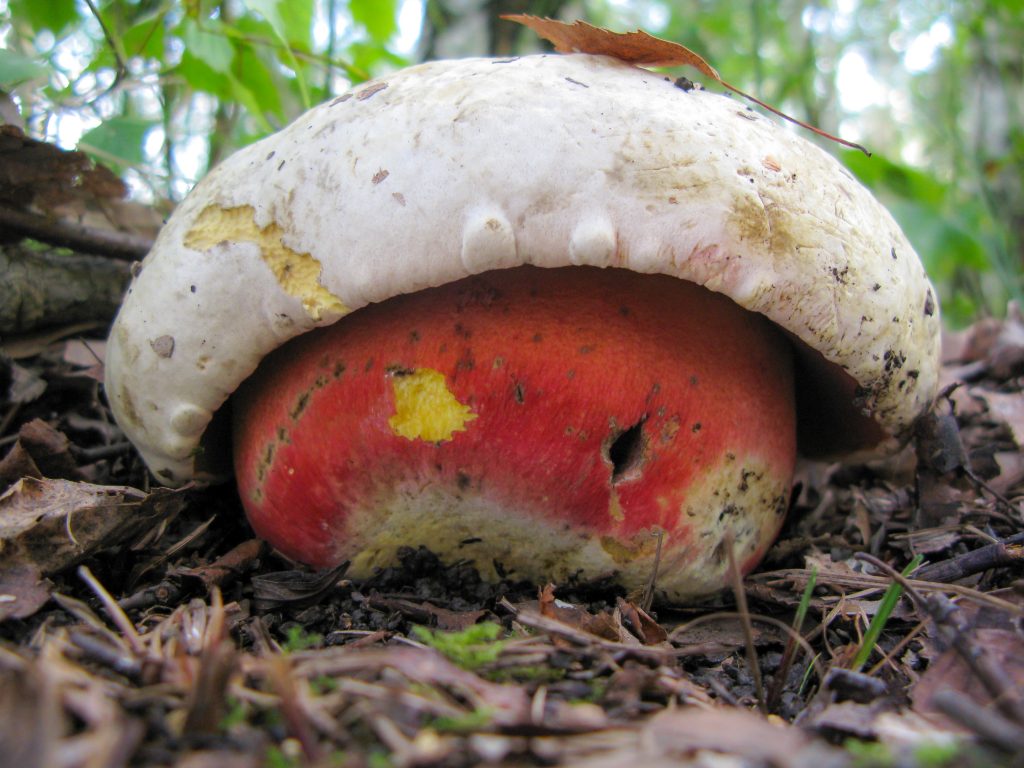
Satanic mushroom - Honey agaric sulfur yellow. Grows in large groups. The color resembles edible. A bell-shaped hat that unfolds over time. The pulp is bitter and has an unpleasant odor. After consumption, an hour later signs of poisoning begin.
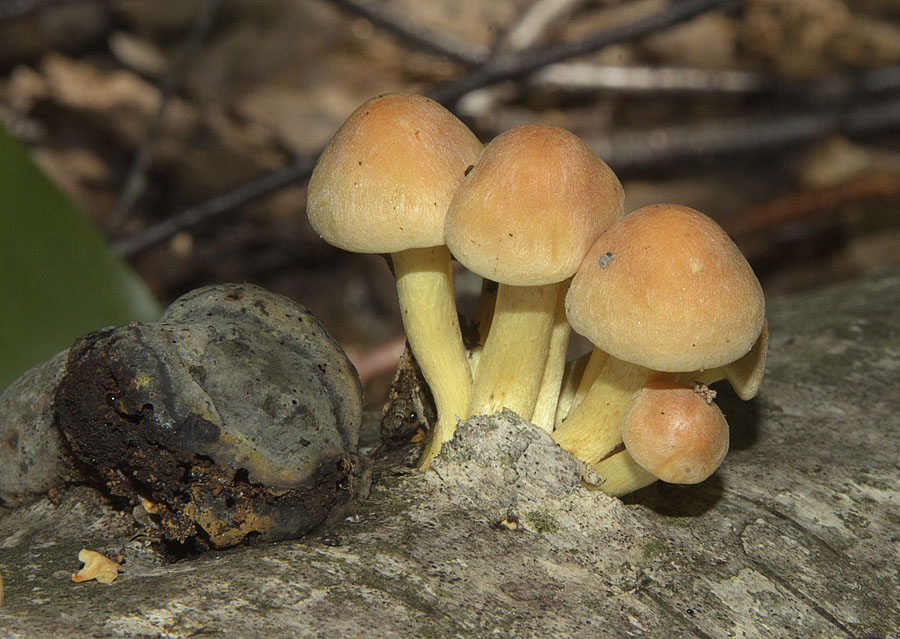
Honey agaric sulfur yellow - Galerina bordered. It is easy to confuse with a summer open-air mushroom, especially to inexperienced mushroom picker. It does not have an unpleasant odor; it is either not defined or powdery. It grows in coniferous forests, where summer mushrooms usually do not grow. The venom of the galerine is very dangerous, similar to the pale toadstool toxin.
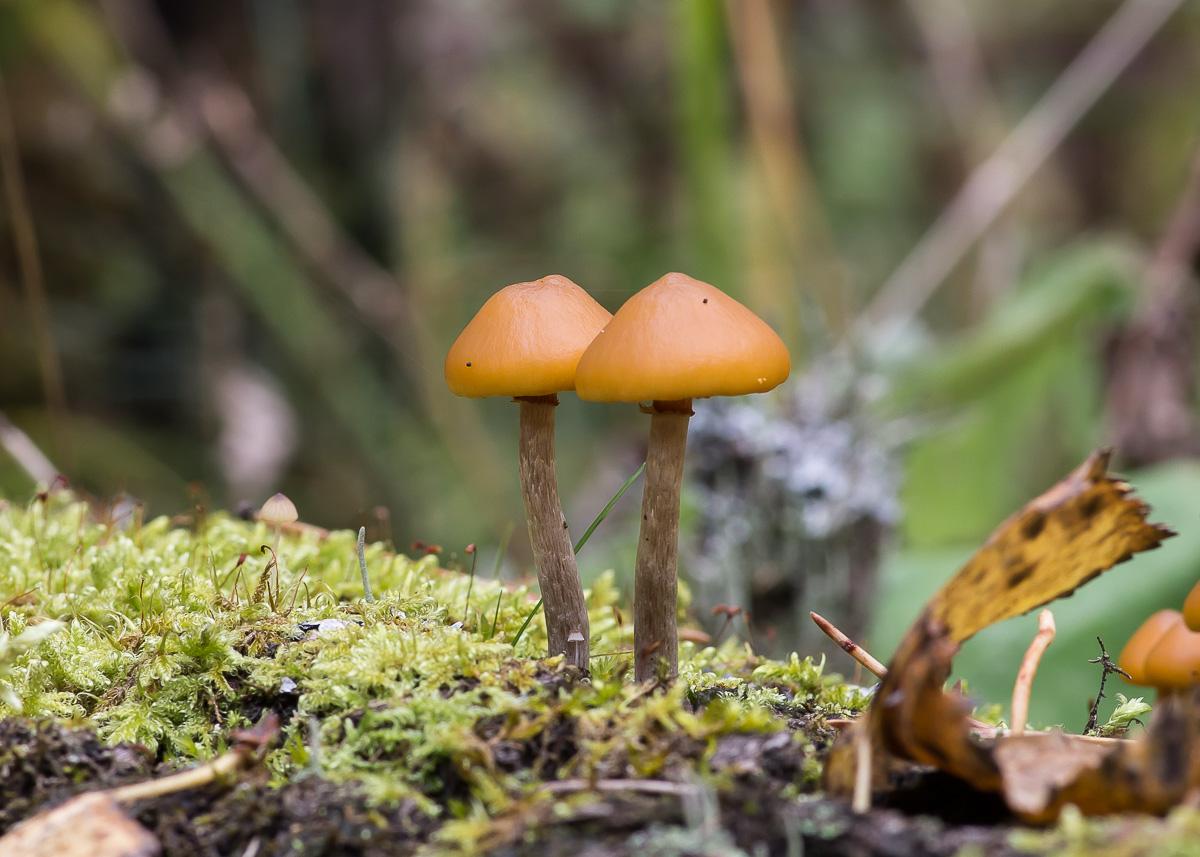
Galerina edged - Borovik is beautiful. Causes poisoning, but without death. The diameter of the hemispherical hat reaches 25 cm. Color from reddish to brown. In the section, the flesh turns blue.
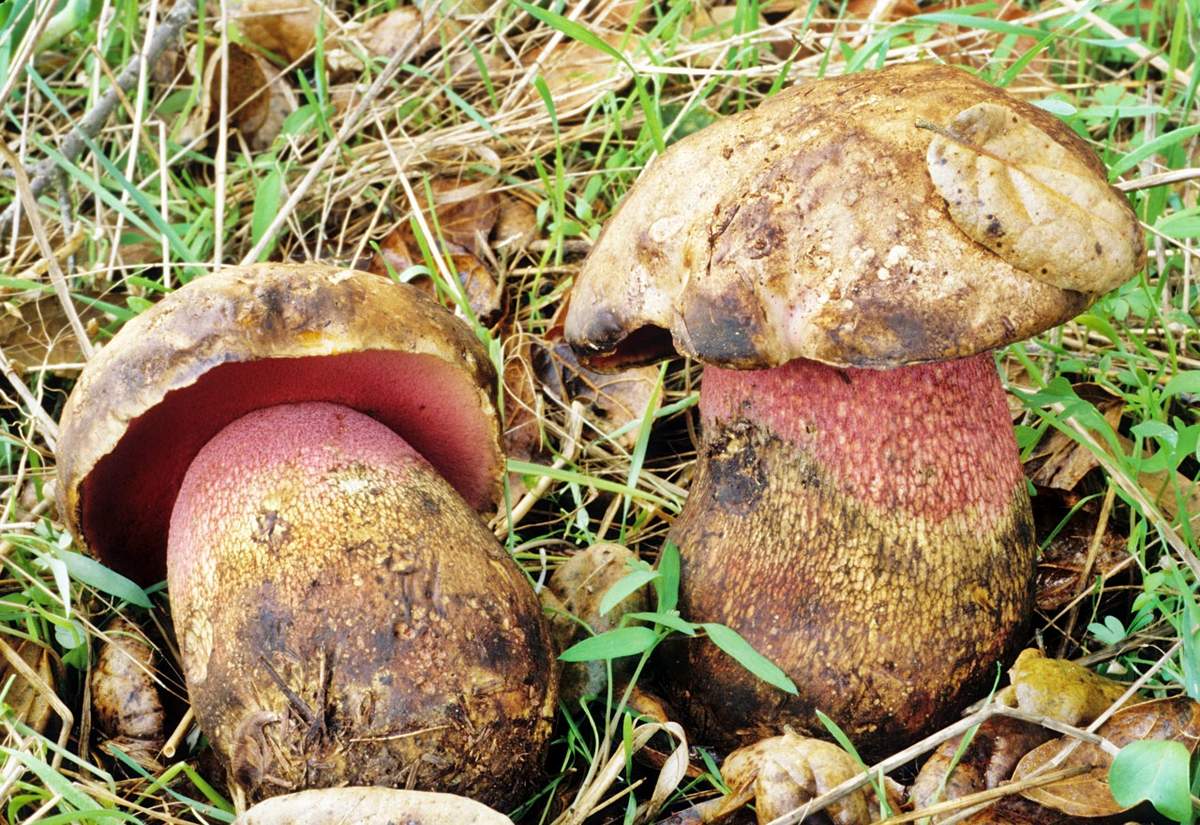
Beautiful mushroom - The cobweb is light ocher. This poisonous specimen can be confused with a young cep. The difference in gimenofore. In a spider web, it is lamellar.
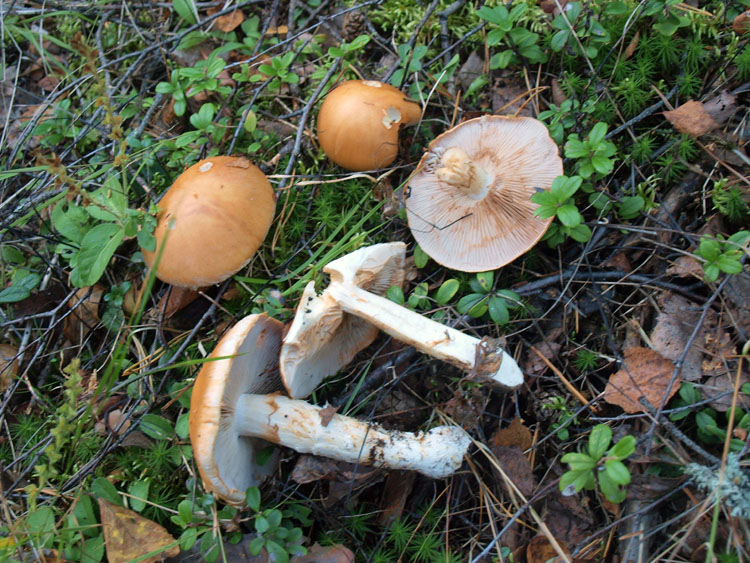
Cobweb light ocher
In addition to poisonous, there are also brown inedible doubles:
- Parasitic Moss Fly. In contrast to the edible moss, it has a smaller hat and does not settle on moss, but on other fruiting bodies.
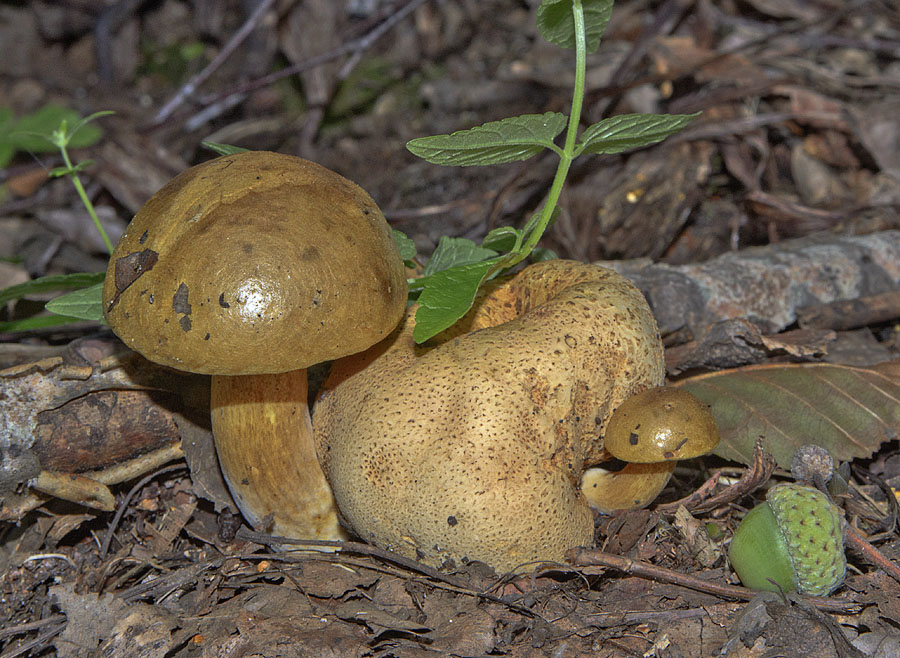
Parasitic flywheel - Gall and pepper mushroom. Easy to distinguish by cut. Fresh has a pinkish or brownish flesh, which subsequently turns red.

Gall mushroom - Chestnut (chestnut). Has a reddish-brown color of the hat, which cracks in a dry hot period. The slice does not change color and remains yellow.
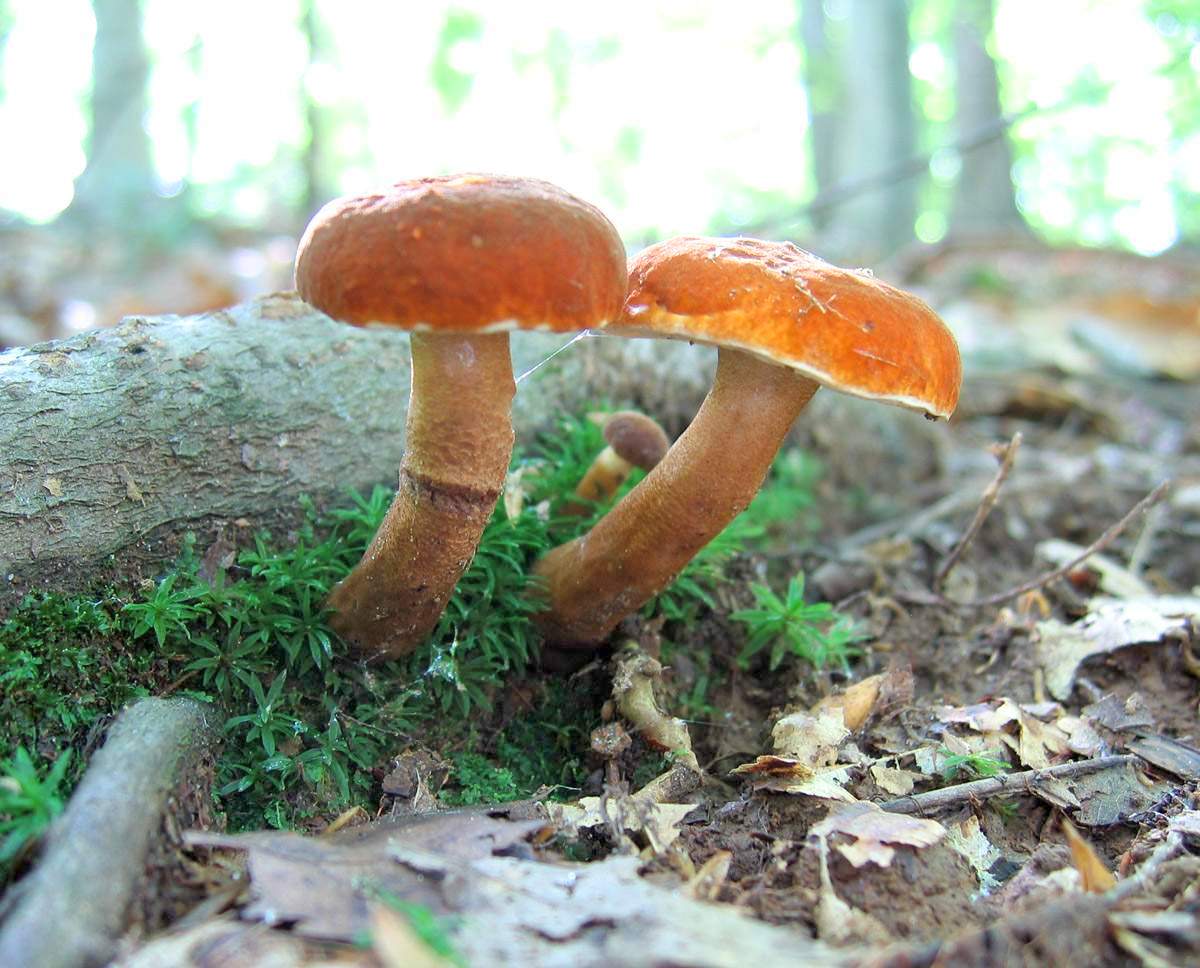
Chestnut mushroom - False foam watery. It has a similar coloring with a summer open-air. The color of the hat depends on humidity and varies from dark brown to cream. The leg at the top has a white coating and a ring. Grows on stumps in deciduous and coniferous forests.
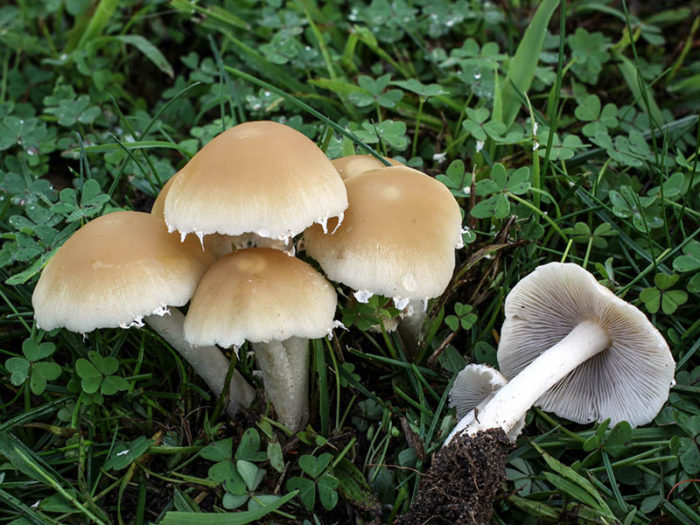
Watery False Foam
Answers to widespread questions
The peak fruiting of brown mushrooms occurs in summer and autumn. They can be found in coniferous and deciduous forests. Gathering the fruits, you should carefully study each before sending to the basket. If you are not sure that the species has been correctly identified, it is better to leave it in the forest, because there is a risk of putting the poisonous mushroom in the basket. It should be remembered that even one toxic mushroom in the entire crop can cause severe poisoning.
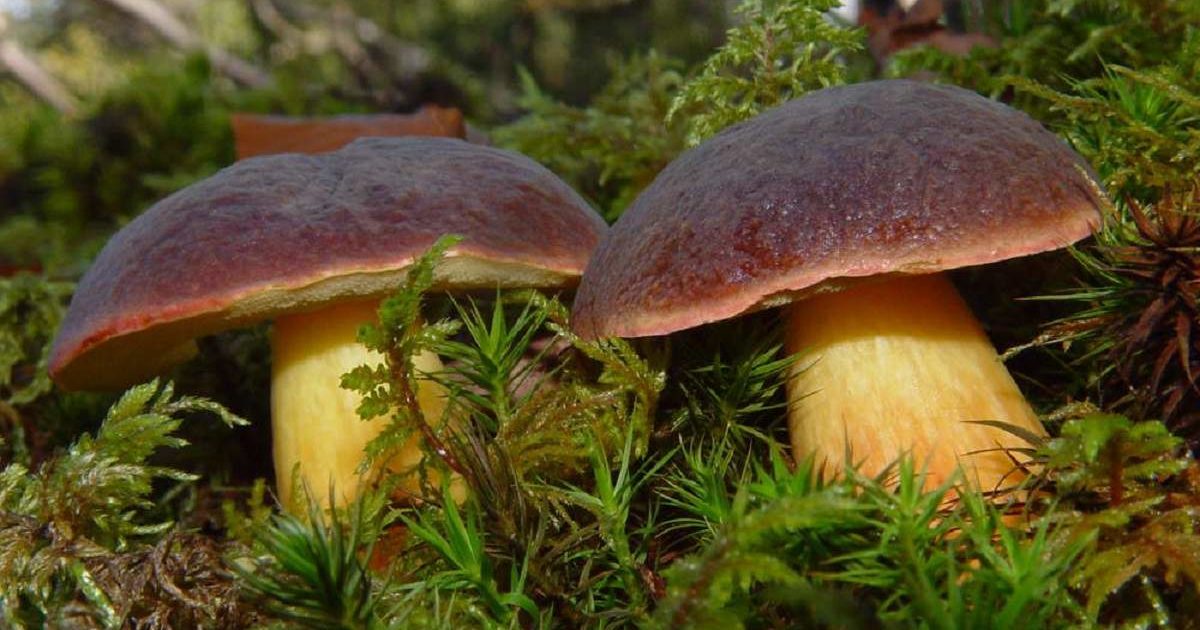 You may be interested in:
You may be interested in:

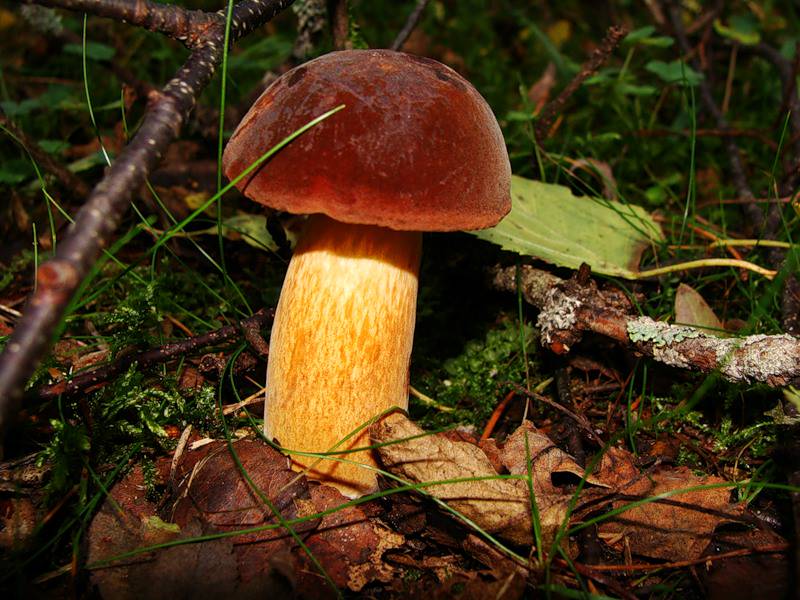
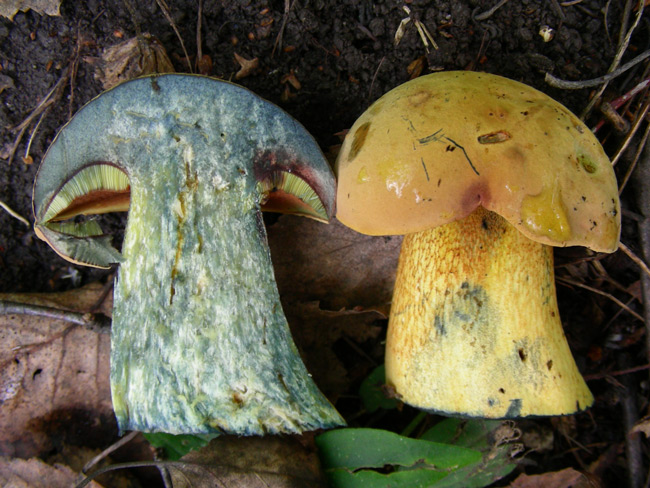
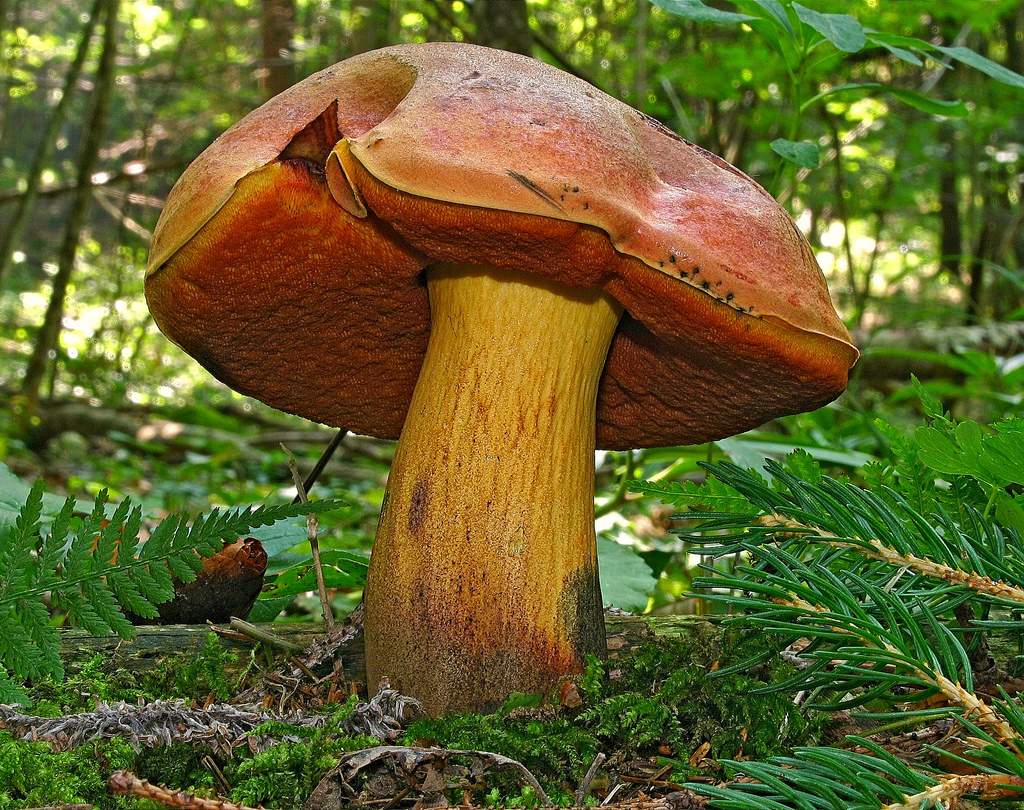
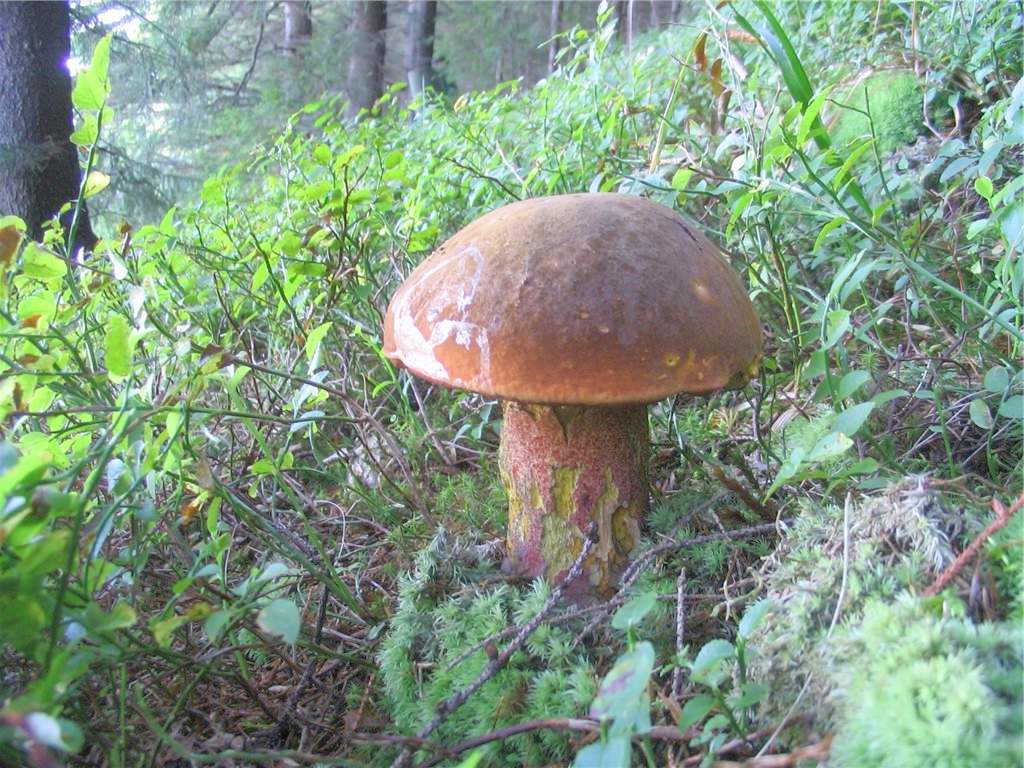

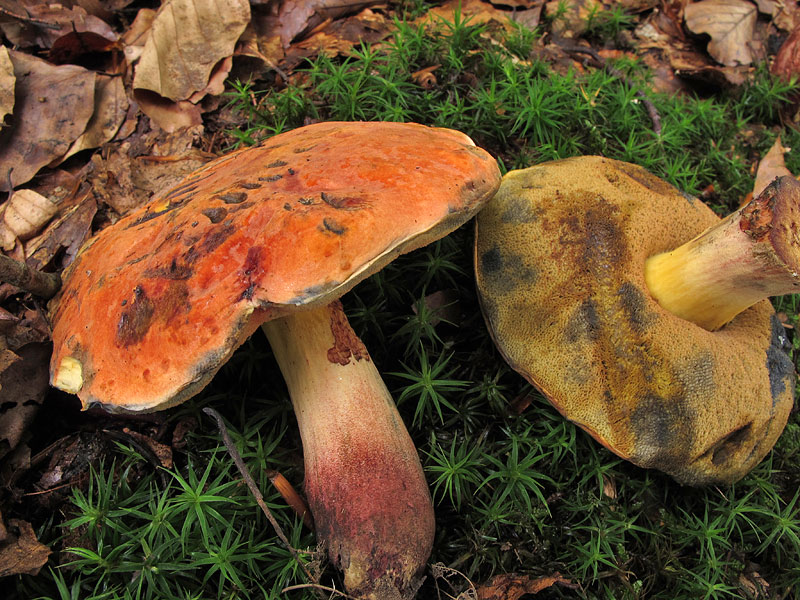
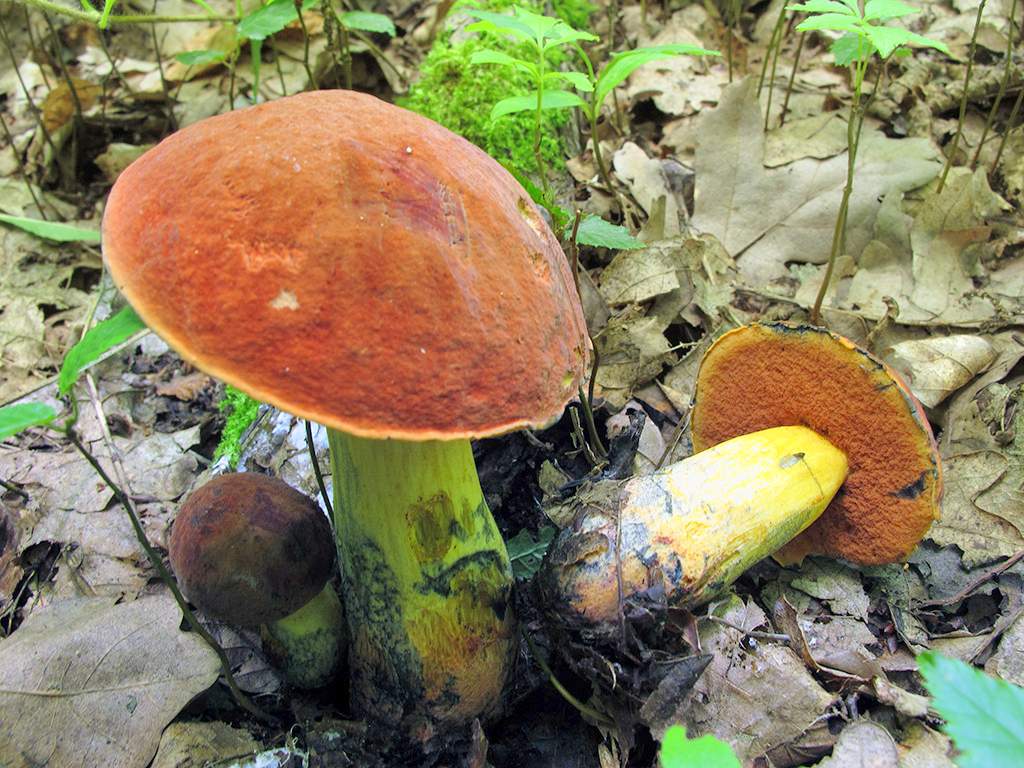
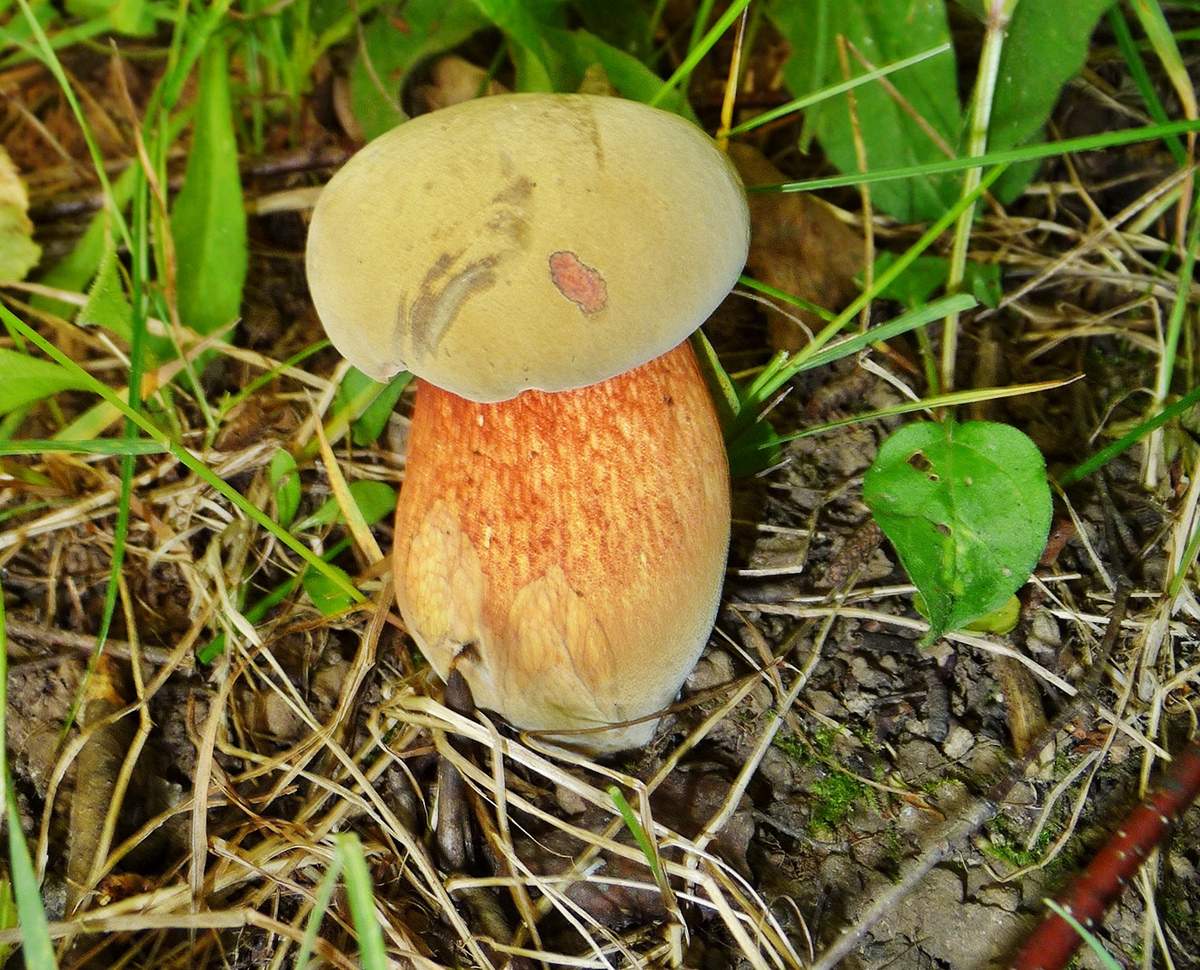

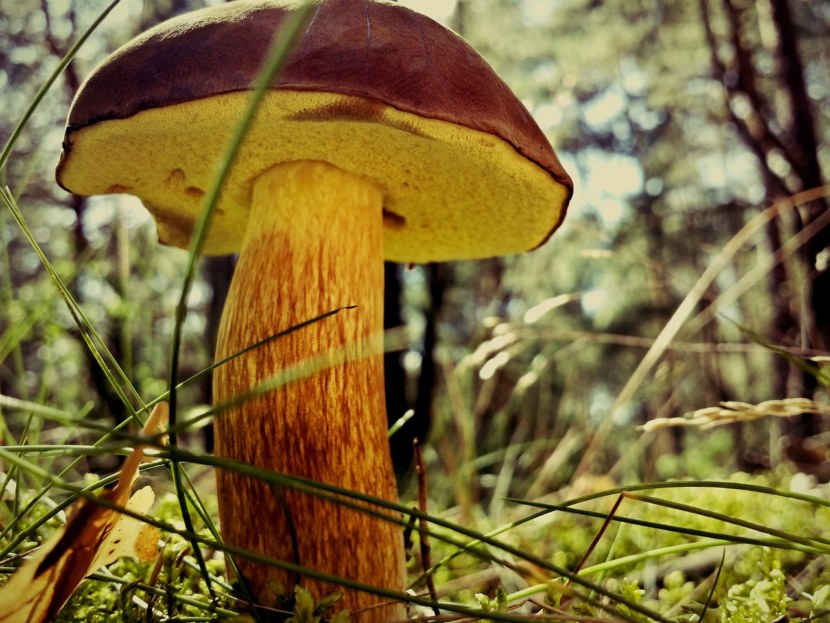
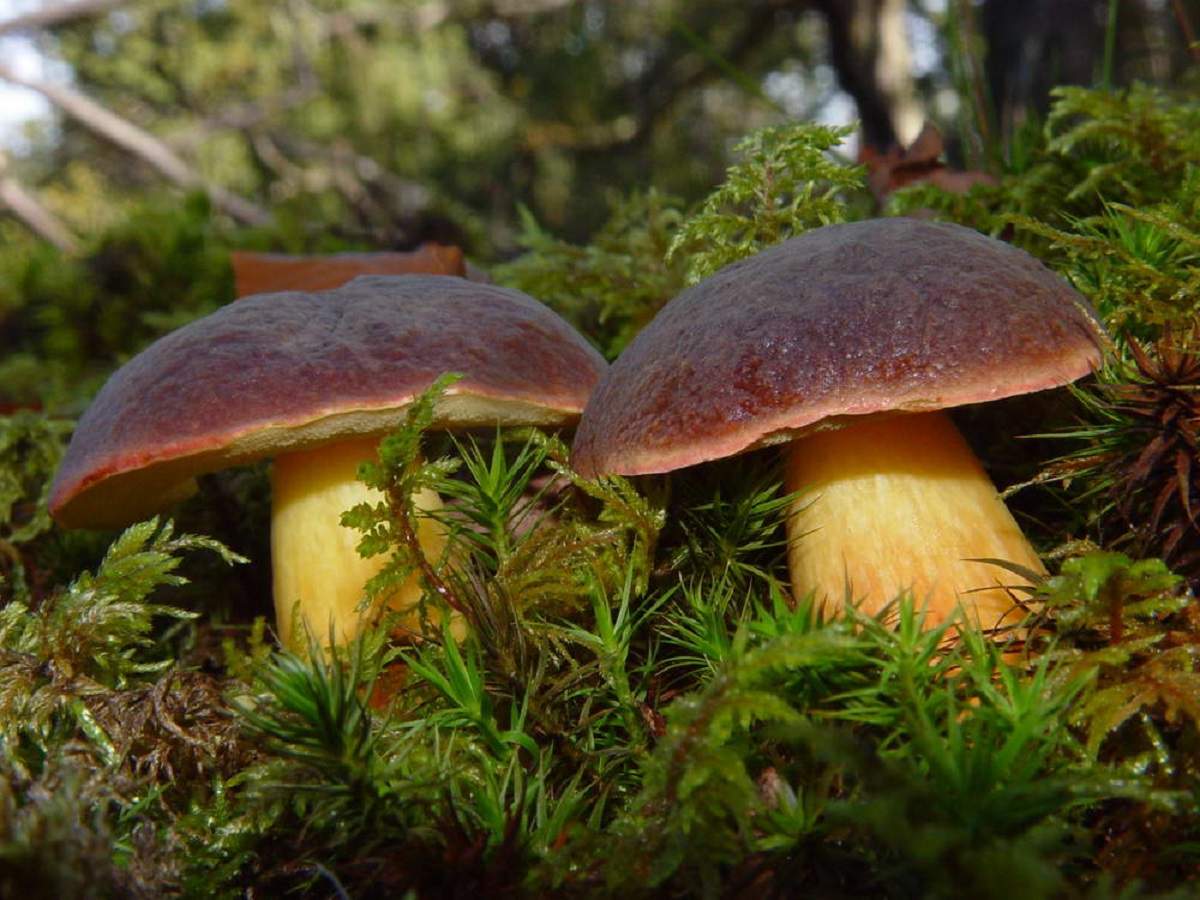
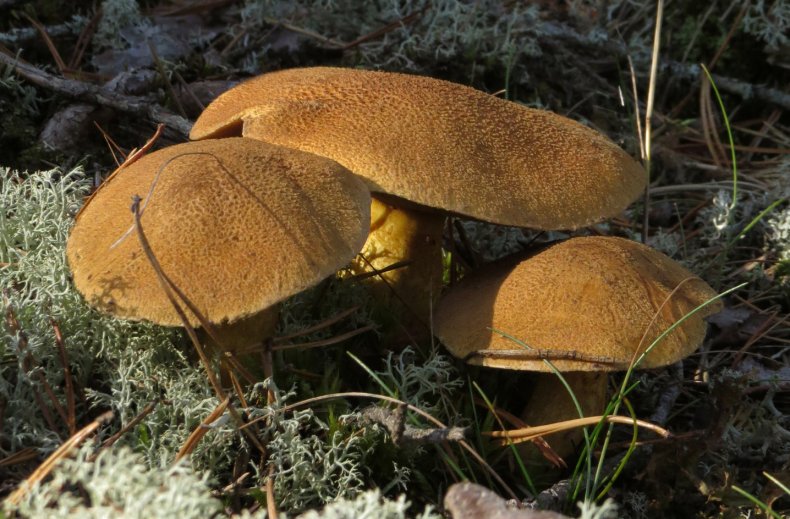
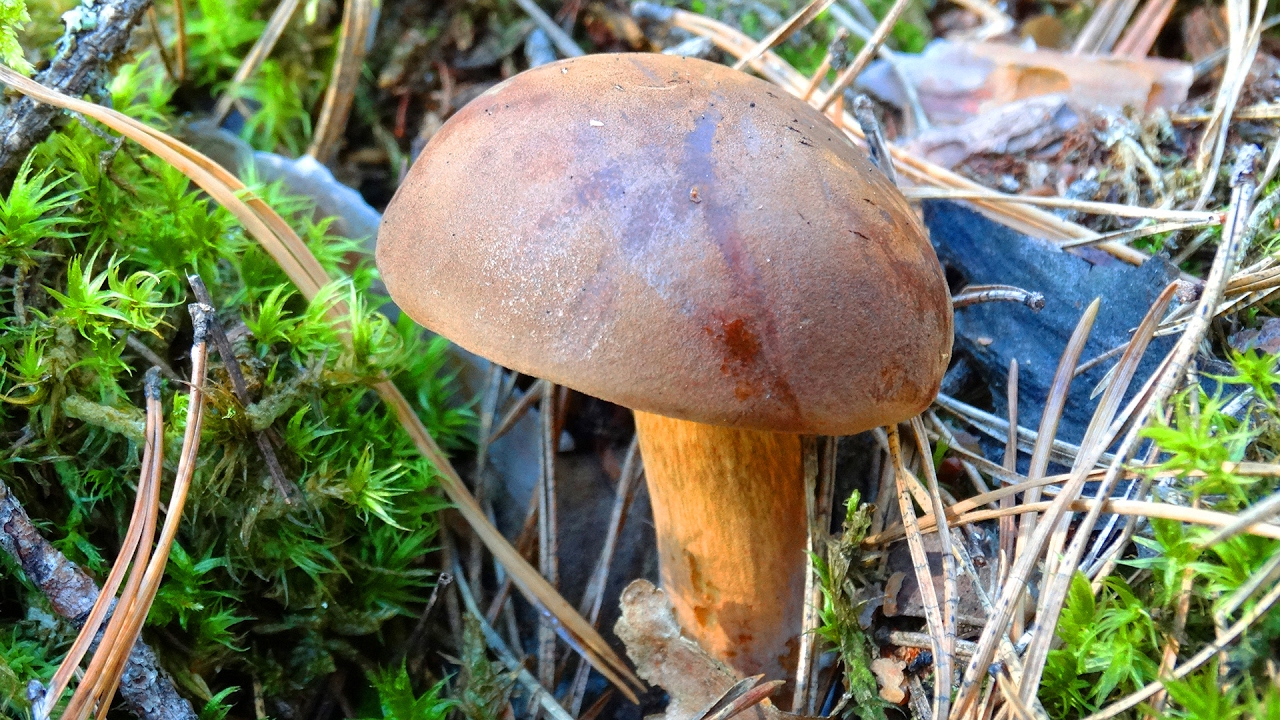
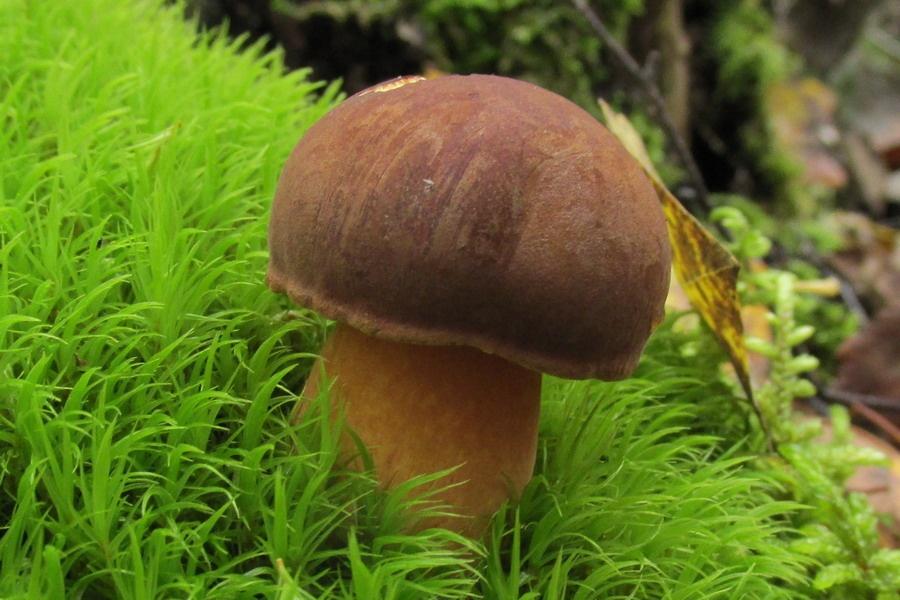
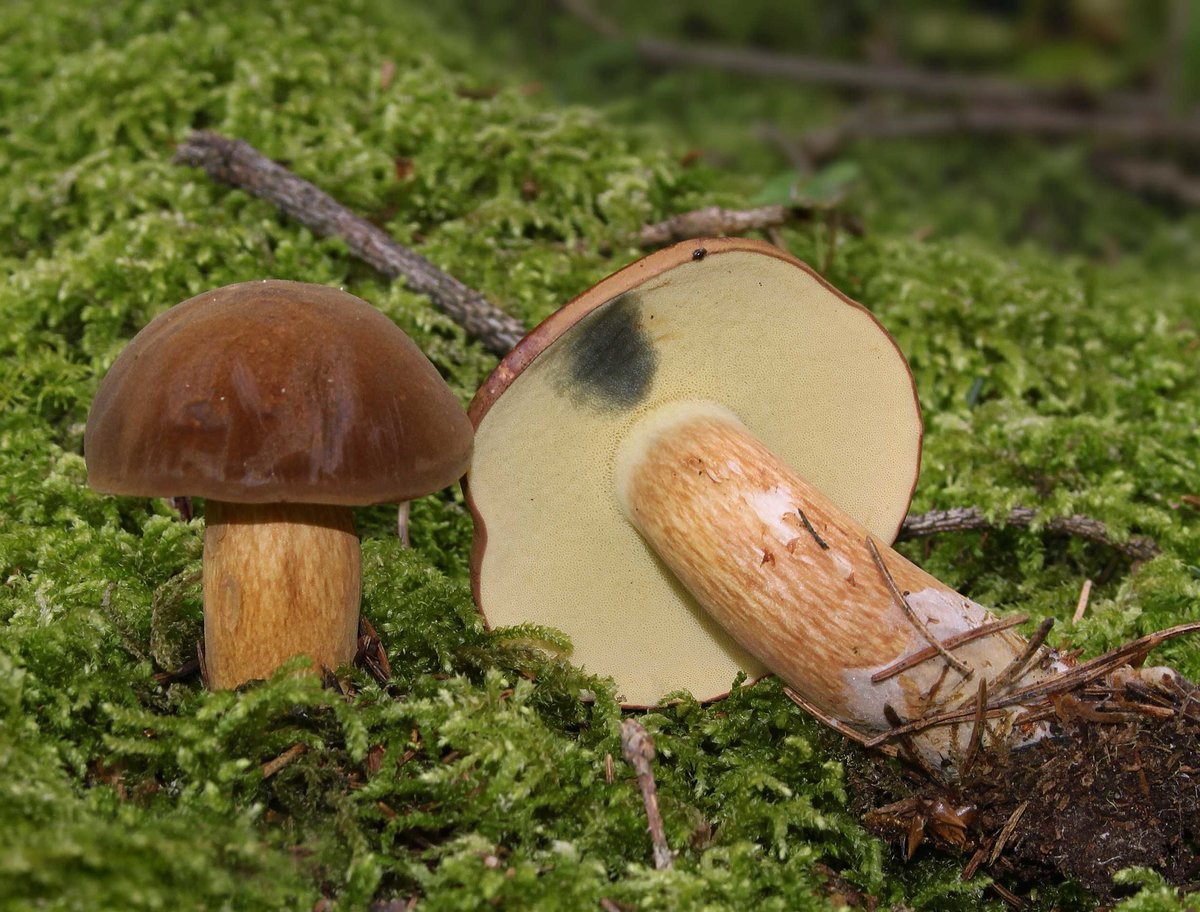
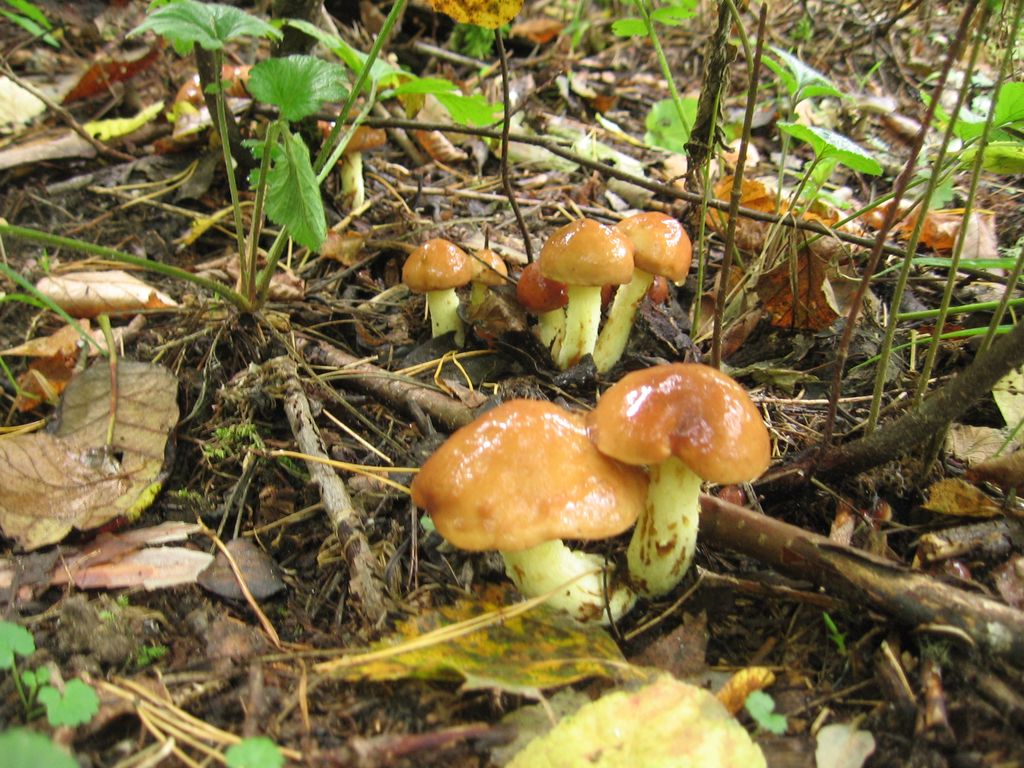

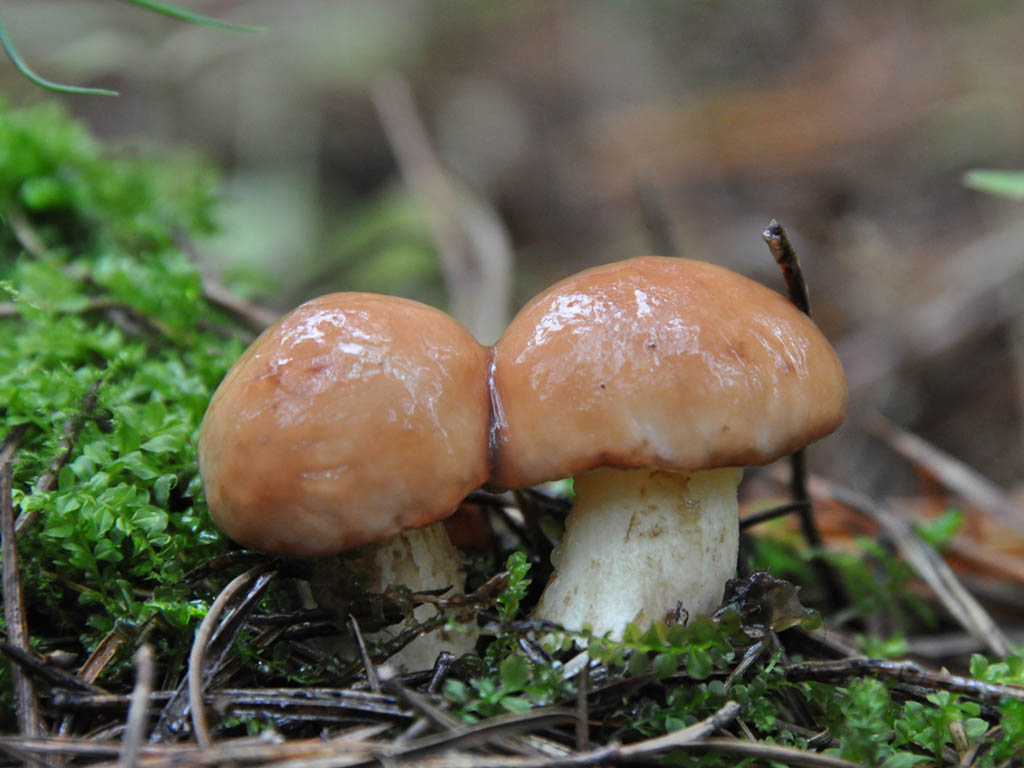
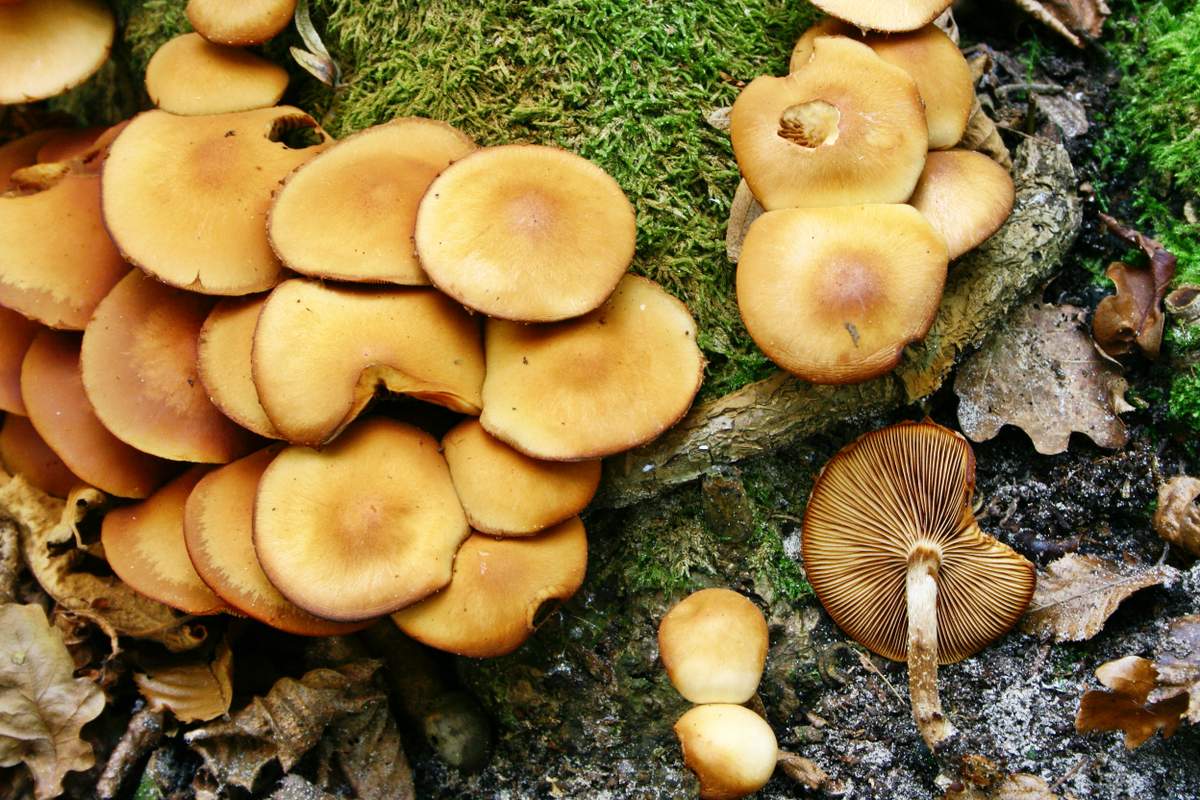
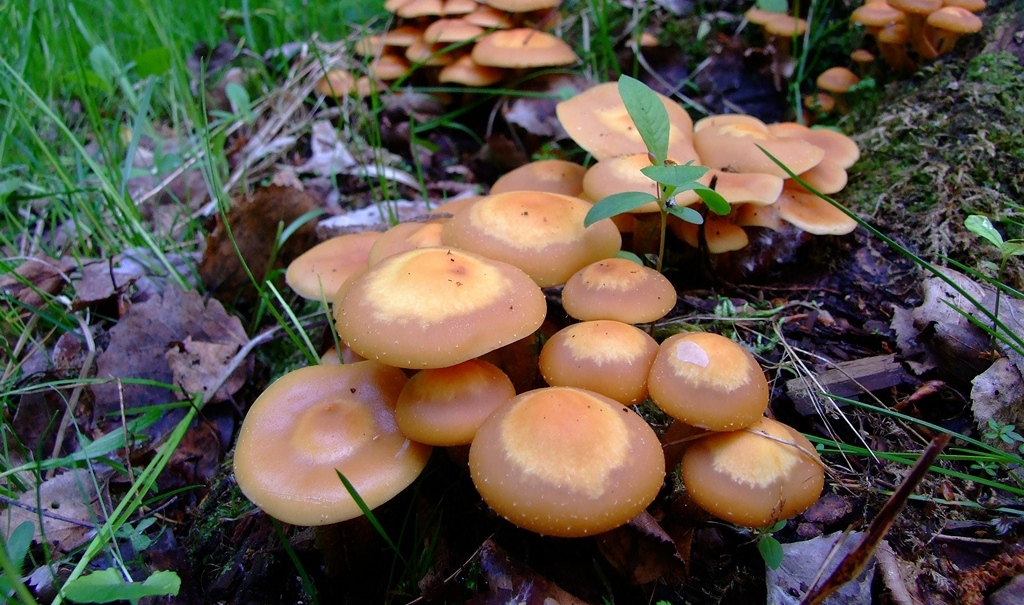
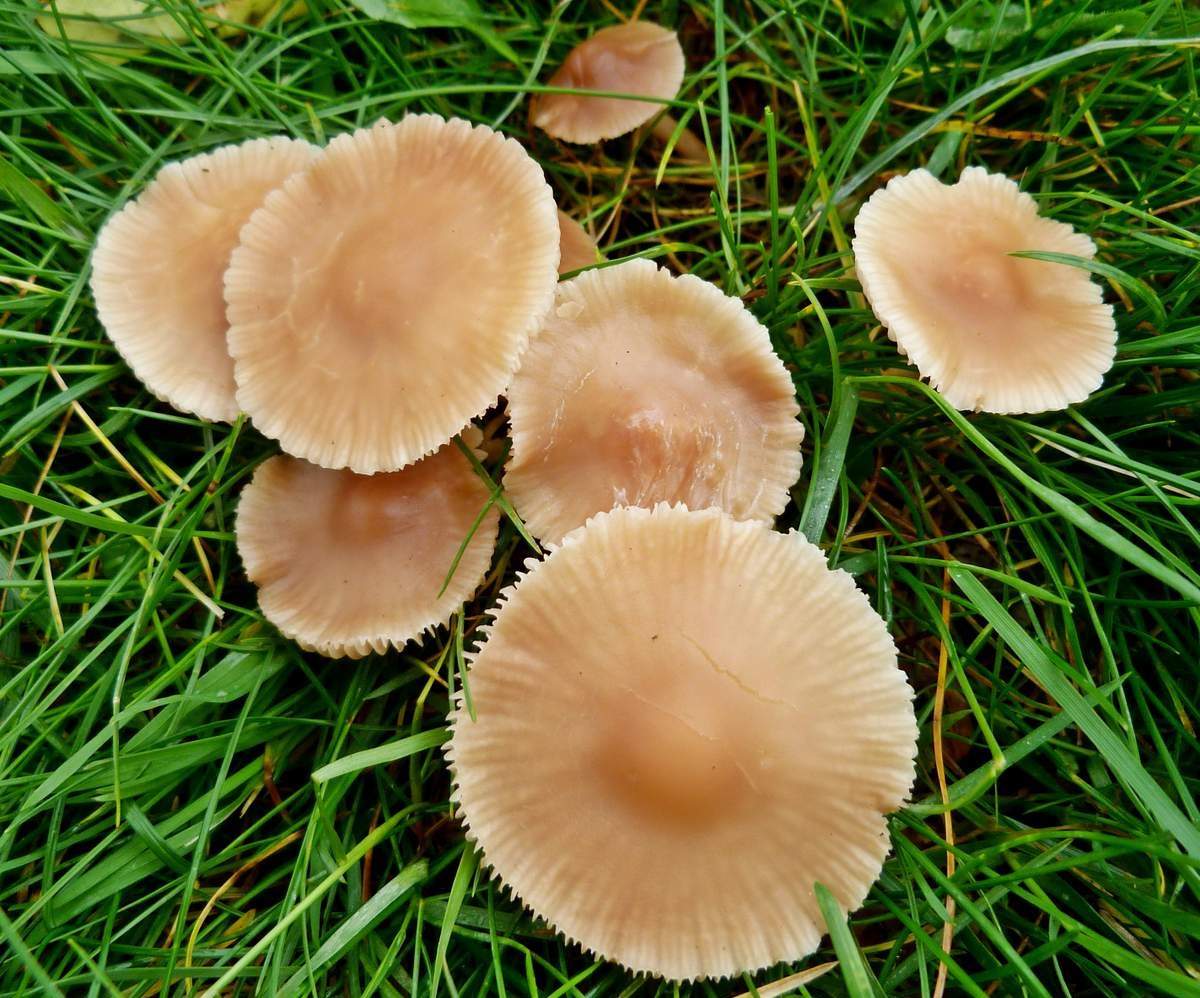
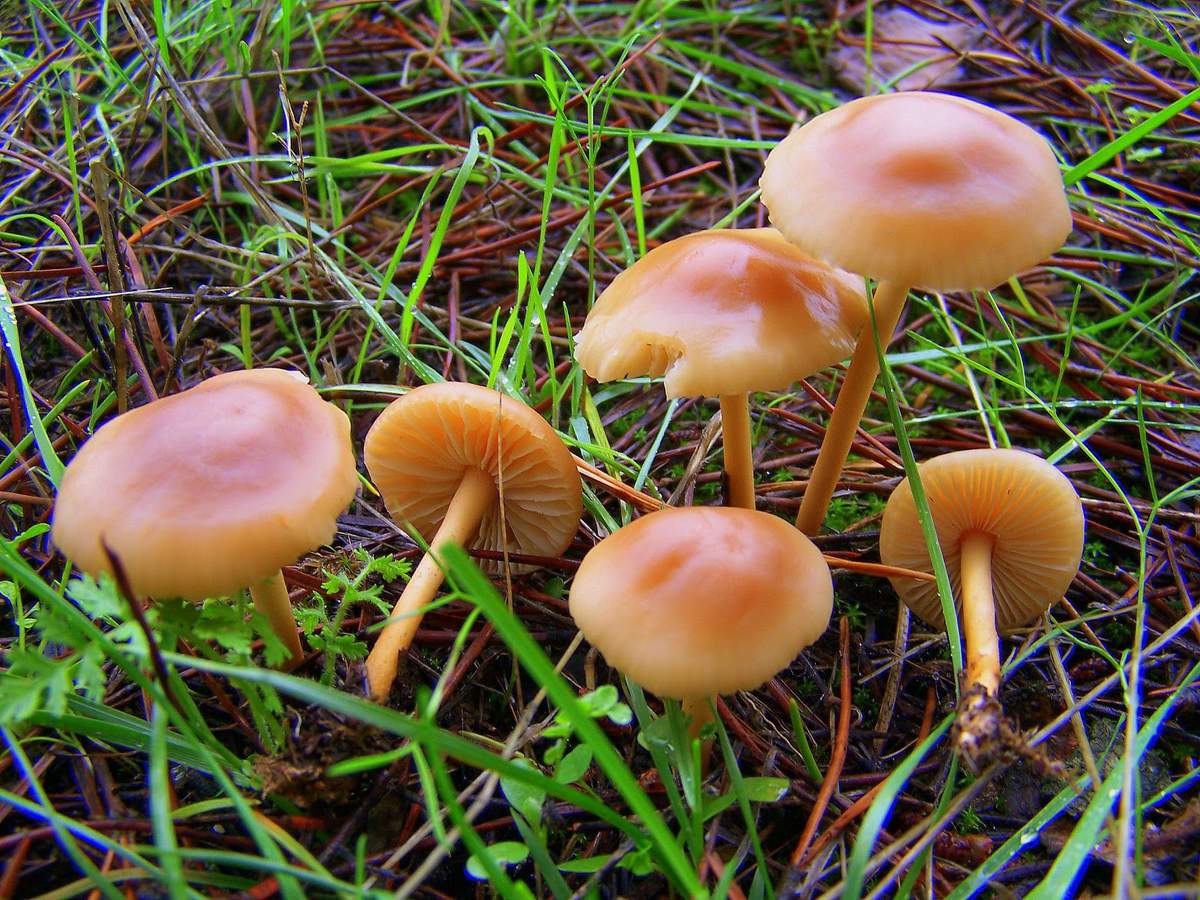
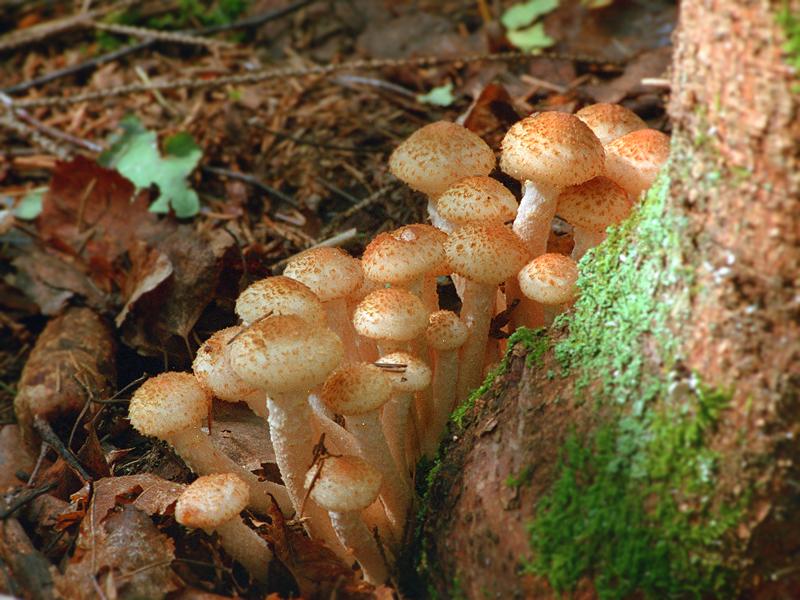
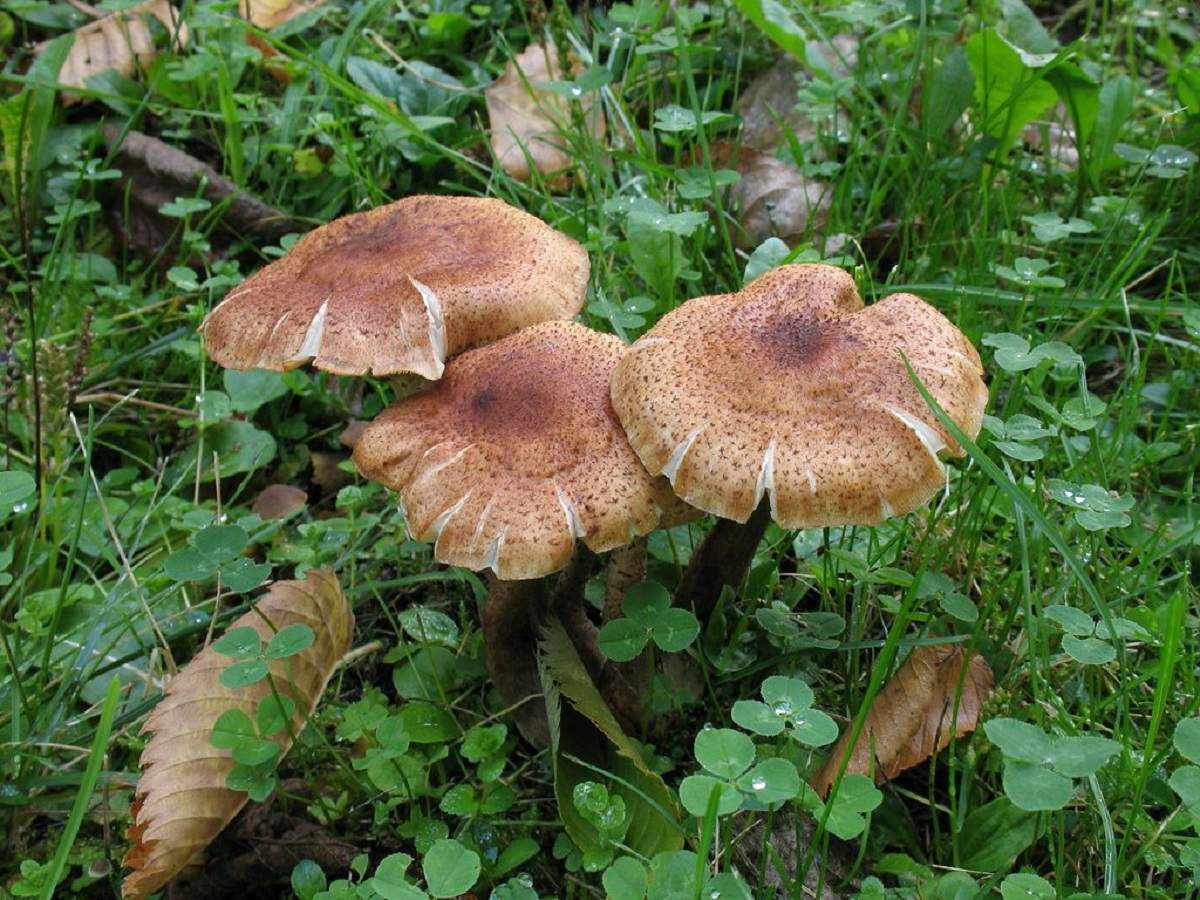
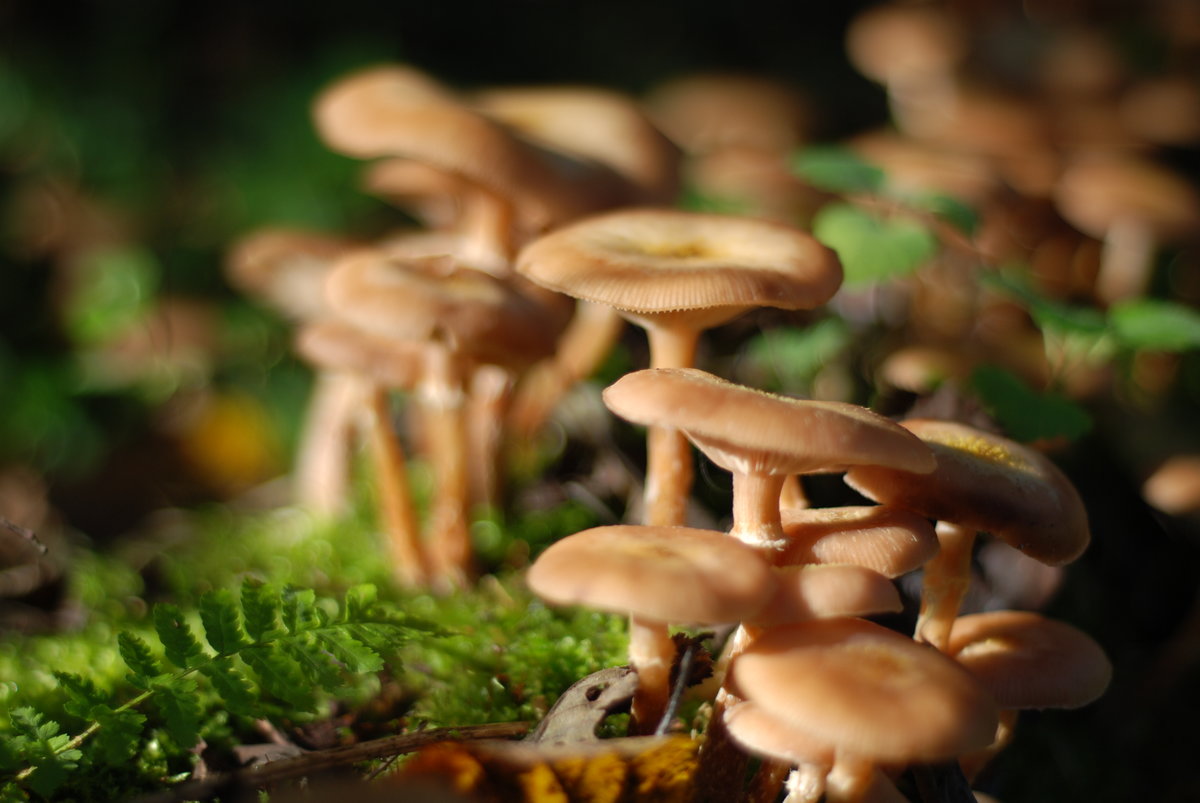
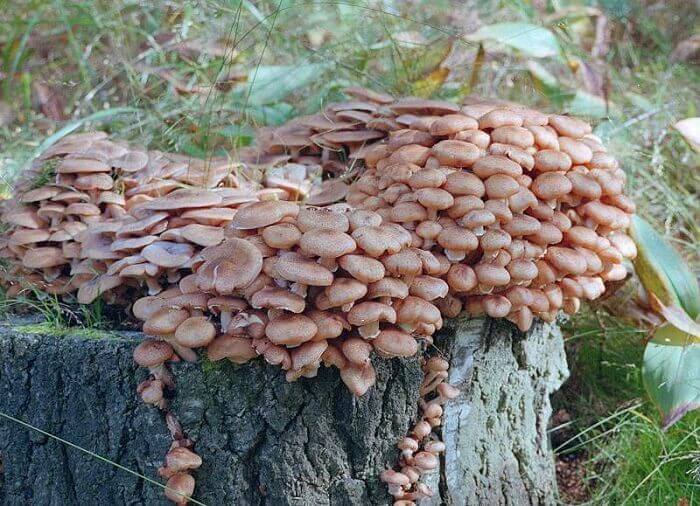
 Care and use of Kombucha at home (+22 photo)
Care and use of Kombucha at home (+22 photo) Edibility of the fungus of the motley umbrella and its description (+19 photo)
Edibility of the fungus of the motley umbrella and its description (+19 photo) Description of edible and inedible oils, their poisonous counterparts (+40 photos)
Description of edible and inedible oils, their poisonous counterparts (+40 photos) Useful properties of milk mushroom and its contraindications (+17 photos)
Useful properties of milk mushroom and its contraindications (+17 photos)